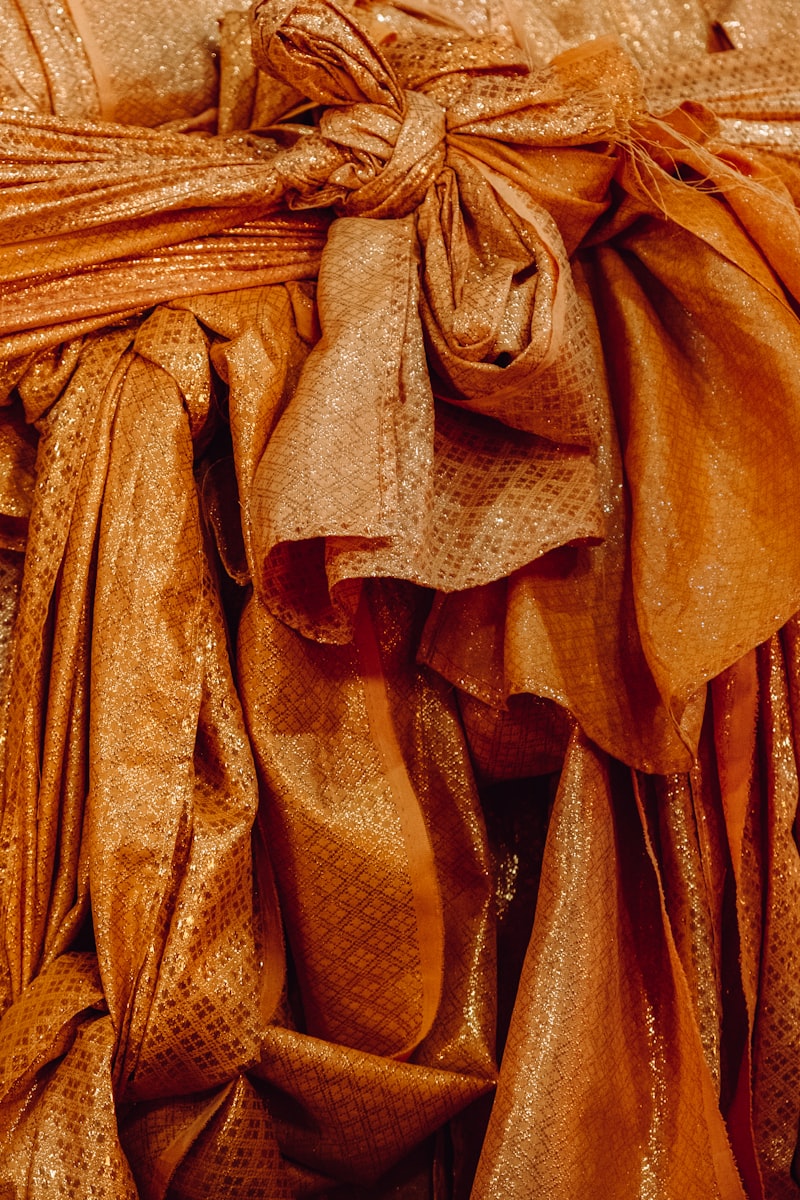Elegance Inspired by Historic Fashion: A Journey Through Time
Elegance Inspired by Historic Fashion: A Journey Through Time
Discover the Allure of Historic Fashion
Fashion is a powerful form of expression, and it has always been influenced by history. The elegance inspired by historic fashion draws attention to the timeless styles that have shaped our modern wardrobes. From the opulence of Victorian gowns to the sleek lines of 1920s flapper dresses, the inspirations are everywhere. This article explores how historic fashion continues to inspire contemporary styles and how to incorporate these elements into your wardrobe.
The Evolution of Fashion Through the Ages
Throughout history, fashion has evolved tremendously, reflecting cultural shifts, technological advancements, and societal changes. Below is a brief overview of significant fashion periods that have inspired today’s elegance in fashion:
| Era | Key Features | Influential Designers |
| Victorian Era (1837-1901) | Complex silhouettes, corsets, lace, and elaborate fabrics | Charles Frederick Worth |
| Roaring Twenties (1920-1929) | Flapper dresses, dropped waistlines, and Art Deco patterns | Coco Chanel, Elsa Schiaparelli |
| Mid-Century Modern (1940s-1960s) | New Look silhouette, skirts, and elegant tailoring | |
| Punk and Grunge (1970s-1990s) | Rebellion against norms, unconventional styles, and layering | Vivienne Westwood |
| Contemporary (2000s-Present) | Blending vintage with modern elements, sustainability | Stella McCartney, Alexander McQueen |
Key Elements of Historic Fashion that Inspire Elegance
Several key elements from historic fashion continue to not only inspire designers but also engage fashion enthusiasts today. Let’s delve into these elements:
1. Fabric and Texture
The choice of fabric plays a vital role in achieving elegance. Fabrics like silk, taffeta, and brocade were prominently used in historic fashion, creating a luxurious feel. Incorporating these fabrics into modern clothing can elevate the entire look. Vintage fabric stores often offer unique options that can be turned into modern masterpieces.

2. Color Palettes
Colors tell a story and have evolved over the years. For instance, the Victorian era favored deep, moody colors such as burgundy and forest green. In contrast, the 1920s celebrated bolder trends filled with pastels and metallics. Understanding these palettes can help you choose colors that add sophistication to your wardrobe.
3. Silhouettes and Cuts
Silhouettes have defined the elegance of different eras. The voluminous skirts of the Victorian period contrast sharply with the sleek, fitted designs of the 1940s. When choosing outfits, focus on silhouettes that flatter your body shape while communicating a sense of historical elegance.
4. Accessories
Accessories are essential to achieving the elegance of historic fashion. Vintage jewelry, hats, and gloves played a significant role in completing a look. Today, incorporating accessories that nod to the past can elevate your outfit while adding a unique touch.
How to Incorporate Historic Fashion into Modern Wardrobes
The beauty of historic fashion lies in its adaptability. Here are some tips on how to incorporate these elements into your contemporary style:
1. Mix and Match
Don't hesitate to mix historic pieces with modern attire. For example, pairing a Victorian-inspired blouse with modern denim can create an eclectic yet elegant look. This technique allows you to express your unique style while honoring classic fashion.
2. Customize Vintage Finds
Thrift stores and vintage boutiques are treasure troves for historic fashion. Find pieces that inspire you and customize them for a modern twist. Whether it’s adding contemporary elements or altering the fit, customizing allows for creativity and personal expression.
3. Invest in Timeless Pieces
Investing in timeless pieces that reflect historical elegance is wise. Look for classic trench coats, little black dresses, and tailored blazers that transcend trends. These pieces can form the foundation of a versatile wardrobe.
4. Use Historic Styles for Events
For special occasions, consider choosing a dress inspired by historic fashions. Whether it’s a ball gown reminiscent of the Victorian era or a sleek Art Deco cocktail dress, these choices can make a significant impact. Feeling confident in such attire can elevate the entire event experience.
Related Questions about Historic Fashion and Elegance
Many people also wonder about the following related topics:
- What are some iconic fashion pieces influenced by history?
- How can I maintain vintage clothing?
- Which modern designers draw inspiration from historic fashion?
- What role does sustainability play in modern fashion inspired by the past?
- How to accessorize vintage clothing effectively?
Conclusion
In embracing the elegance inspired by historic fashion, we not only pay homage to the creative geniuses of the past but also enrich our own style. By incorporating elements such as luxurious fabrics, sophisticated silhouettes, and thoughtful details, we can create looks that are timeless and unique. Remember to mix and match, customize your finds, and don’t be afraid to invest in classic pieces. Drawing inspiration from history allows us to celebrate our individuality while creating a bridge to the past through fashion.
As you explore your wardrobe and consider the elegance inspired by historic fashion, think about what these styles mean to you. How do they resonate with your personal identity and how can you express it? The journey into historic fashion is not just about aesthetics; it's a celebration of art, culture, and creativity.
